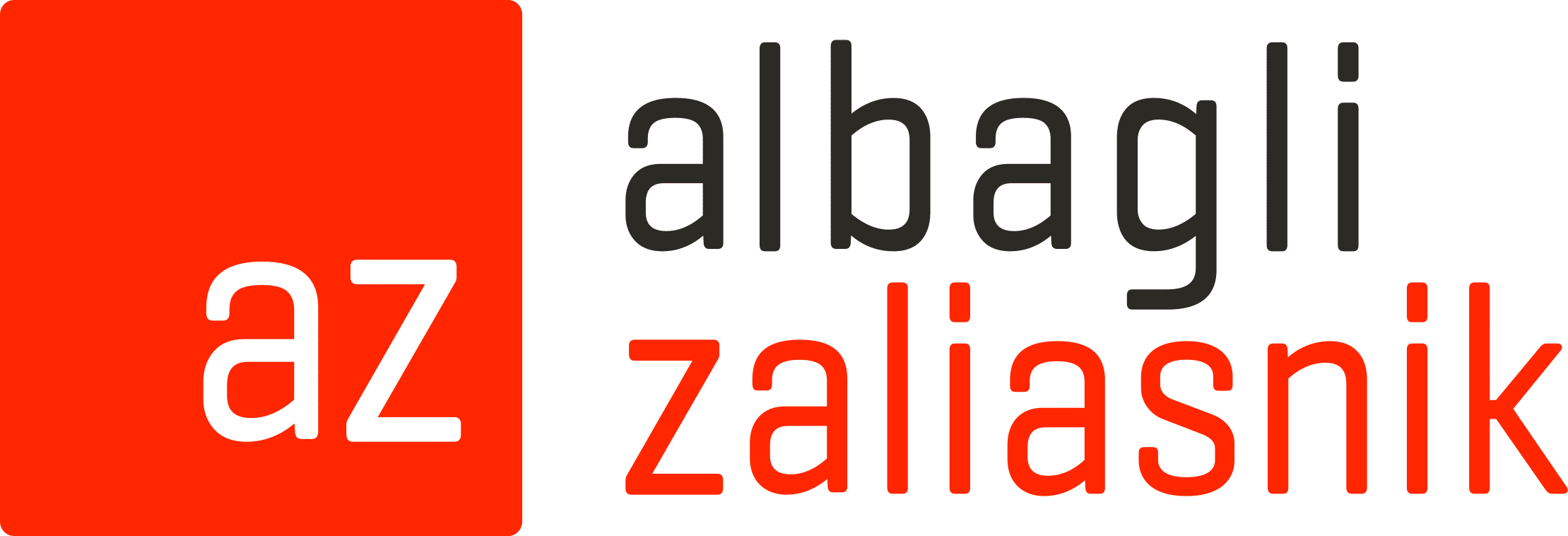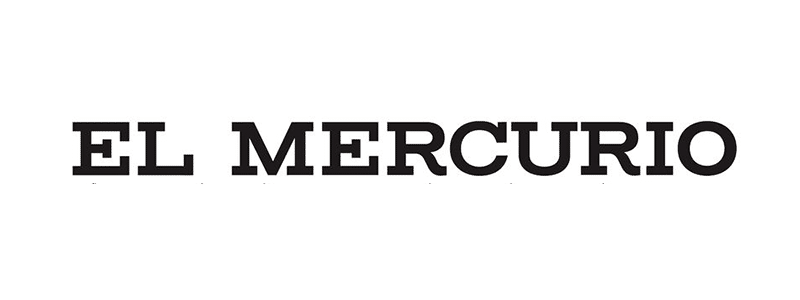In order to survive, brands must have a unique value. Our partner Eugenio Gormaz reveals five ways to ensure that value and give it the right protection.
Nowadays, creating a brand goes far beyond designing a logo. In order to survive in an ever-changing market, the brand must have a unique value. And that value has changed a lot in recent years, especially as a result of the pandemic.
However, if there is a key element in the value of a brand, it is its differentiator. It is that intangible for which people are willing to pay more. In view of this, after giving life to an idea and creating a brand, it is essential to protect its value and for this, it is necessary to take into account five main aspects.
The first is the search for existing brands. At the moment of creating a trademark and before registering it, it is necessary to perform a search to make sure that the proposed trademark is not registered by a third party or is not similar to third party trademarks. In this way, the trademark owner will avoid legal problems and/or conflicts with third parties that may have similar trademarks. But it will also ensure that there is a real differentiator.
The second key element is the trademark registration. This will grant legal protection and exclusivity on the use of the trademark in the specific classes of products and/or services to be protected. It is important to bear in mind that the trademark must be registered in all the countries where it will be used, since the registration and protection is territorial, so that having the trademark registered in one country does not always prevent a third party from registering and using it in another country.
Thirdly, there is the domain name registration. In the current digitalized context, this will allow the trademark to be identified online and have greater visibility. Also, having the domain name registered will prevent third parties from registering it and making unauthorized use of the trademark. This is a particularly important step in today’s digitized world, where brands must protect their value in all channels of customer interaction.
The fourth key element is copyright and design protection. In addition to trademark registration, it is necessary to consider protecting other creative aspects of the business, such as logos, designs and content, through copyright and/or industrial design registration. This provides additional and more complete protection for intangible assets, which are fundamental to the value of a brand.
Finally, there is the monitoring of competition. It is important to be aware of possible infringements by third parties and take appropriate legal action if necessary to protect the brand. For this, it is essential to monitor what your competitors are doing to prevent them from using similar trademarks or names that may confuse the public about the brand. If any infringement is detected, prompt action must be taken to protect the rights of the brand in question.
Source: Forbes, September 05, 2023.




